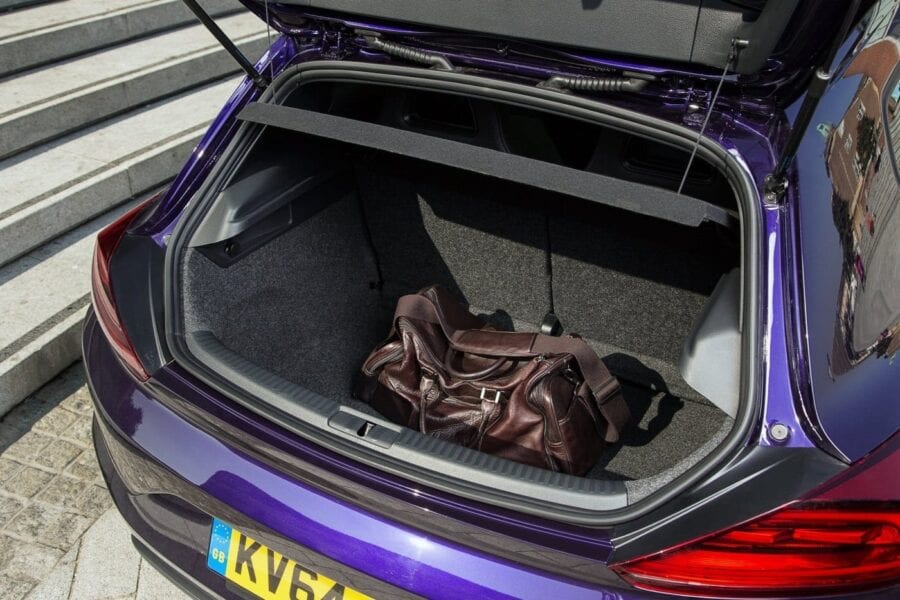
Features of the device, advantages and disadvantages of a gear starter
Content
The starter is a device that plays a critical role in the engine starting system. One of its varieties is a starter with a gearbox. This mechanism is recognized as the most effective and providing the fastest possible start of the internal combustion engine. However, along with its many advantages, it also has its drawbacks.
What is a starter with a gearbox
A gear starter is one of the most common types of device that provides engine starting in a car. The gearbox is able to change the speed and torque of the starter shaft, improving its performance. Depending on the specified conditions, the gearbox can both increase and decrease the amount of torque. Fast and easy starting of the engine is ensured due to the effective interaction of the bendix and the armature, between which the gearbox is located.
The starter mechanism with a gearbox makes it easier to start the engine, even in low temperatures. Therefore, in regions with cold climates, it is recommended to install this type of device on cars.
The design and scheme of the gear starter
A starter with a gearbox consists of several main parts, which include:
- bendix (freewheel);
- electric motor;
- retractor relay;
- gearbox (usually planetary);
- mask;
- fork.
The main role in the operation of the element is played by the reducer. It is through it that the bendix interacts with the engine, successfully starting the internal combustion engine even with a low battery charge.
The operation of the starter with the gearbox takes place in several stages:
- current is applied to the windings of the solenoid relay;
- the armature of the electric motor is pulled in, the relay starts its work;
- Bendix is included in the work;
- the patch contacts are closed, an electric voltage is applied to them;
- the starter motor is switched on;
- the rotation of the armature begins, the torque is transmitted to the bendix through the gearbox.
After that, the bendix acts on the engine flywheel, starting its rotation. Despite the fact that the mechanism of operation is practically the same as a conventional starter, the transmission of torque through the gearbox provides a higher efficiency in starting the engine.
Differences from a conventional starter
The presence of a gearbox is an important structural difference from the conventional version.
- The gear mechanism is more efficient. For example, a starter with a gearbox is able to start the internal combustion engine even with a low battery level. In a car with a conventional starter, the engine will simply not start in this case.
- The starter with a gearbox does not have splines interacting with the standard bendix.
- The gear housing is made of durable plastic. This significantly reduces the cost of construction.
- A starter with a gearbox requires less energy consumption. It is capable of functioning even at low voltage. This ensures efficient starting of the engine in difficult conditions.
Design advantages and disadvantages
A gear starter is considered to be a more advanced and reliable device option. However, if the mechanism had no disadvantages, the use of this type of starter would be much more widespread.
Important benefits include:
- the fastest engine start even at low temperatures;
- low energy consumption;
- compact dimensions and low weight.
Along with the pros, the gear starter has its drawbacks:
- the complexity of the repair (often the mechanism only needs to be replaced);
- weakness of the structure (to reduce weight, plastic parts are used that can withstand the load only up to certain limits).
Common malfunctions
In the event of a malfunction of the starter, problems with starting the engine will inevitably arise. If the internal combustion engine starts its work with difficulty, there may be several reasons.
- The starter motor does not work when the key is turned in the ignition lock. The fault should be looked for in the patch contacts of the solenoid relay. Having disassembled the device, you need to check the contacts, if a malfunction is found, replace them.
- The starter motor is OK, but the engine starts poorly. Problems can arise in the gearbox or bendix. It is recommended to disassemble the starter and check the specified items. If the fault is confirmed, the problem parts can be replaced or a new starter can be purchased.
- The retractor relay is working properly, but problems with starting the internal combustion engine are still present. The reason is probably hidden in the motor winding.
If problems are found with the operation of the gearbox, it is recommended to replace the starter with a new one.
Without experience, it is extremely difficult to repair a starter with a gearbox. Having disassembled the device, you can only check the integrity of its parts. It is better to entrust the elimination of problems with the winding to an auto electrician.
It is recommended to choose a starter with a gearbox for motorists who constantly operate a car in cold climates. The device will provide a more stable engine start when a conventional starter may be powerless. The gear mechanism has an increased service life. The main disadvantage of the structure is that it is practically beyond repair.

